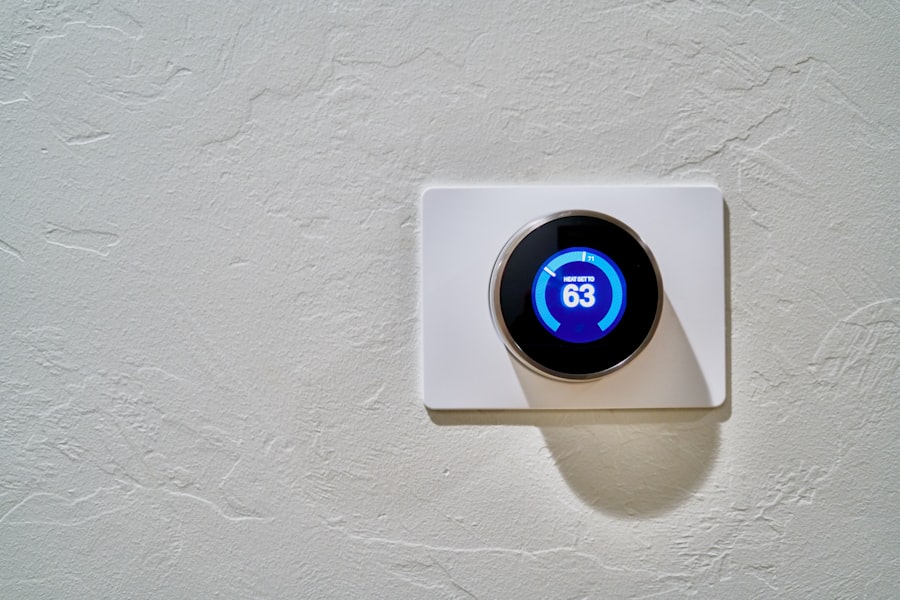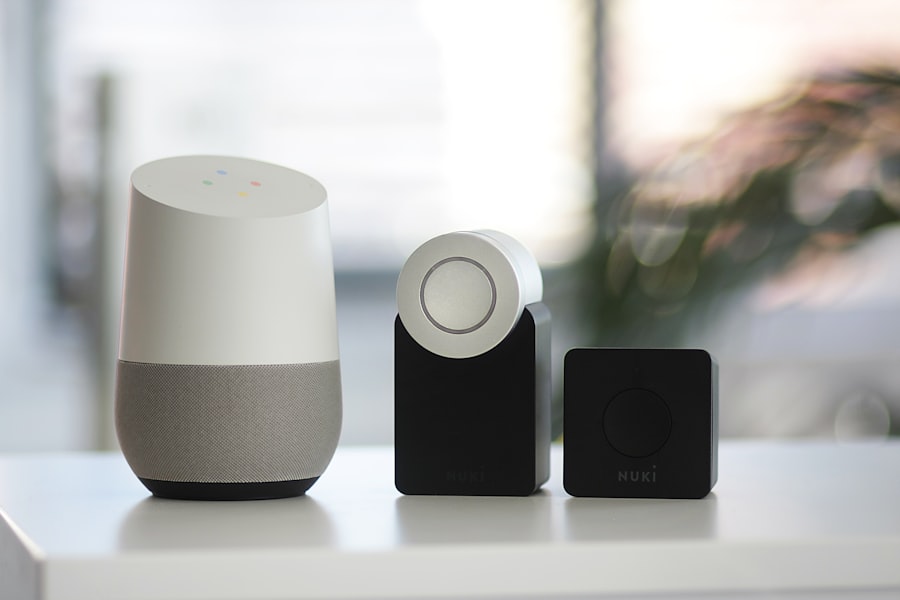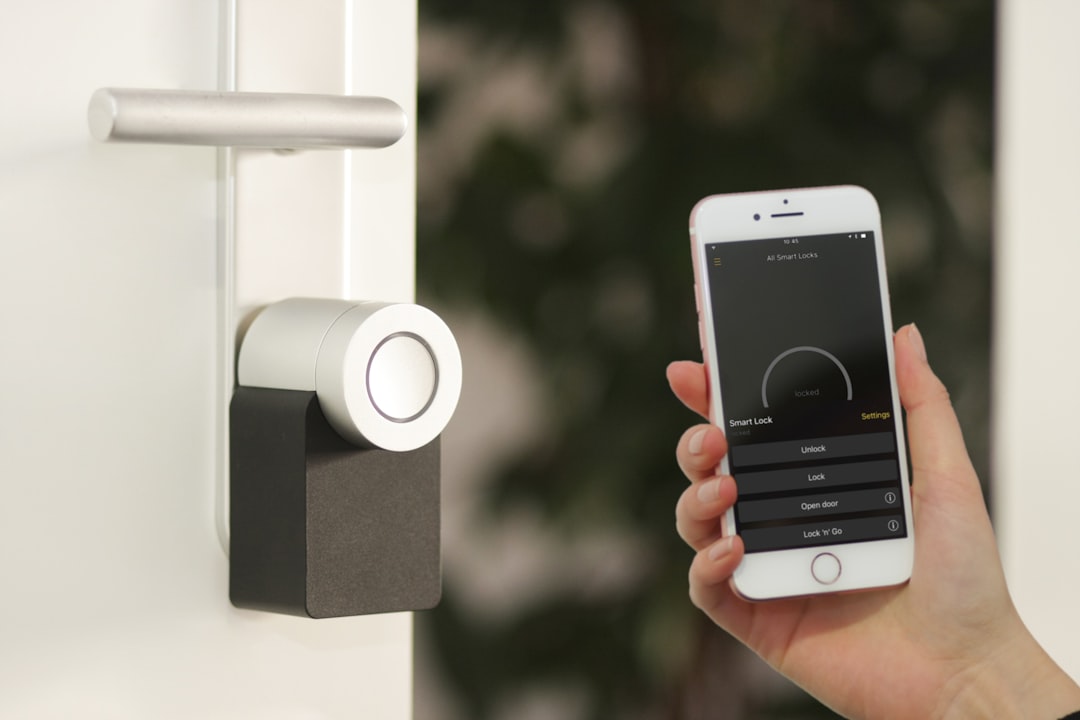The Apple HomePod has emerged as a significant player in the smart speaker market, showcasing Apple’s commitment to blending cutting-edge technology with user-friendly design. Launched initially in 2018, the HomePod was designed to deliver an exceptional audio experience while seamlessly integrating with the Apple ecosystem. As a product that embodies Apple’s philosophy of simplicity and elegance, the HomePod has attracted attention not only for its aesthetic appeal but also for its robust functionality.
With the evolution of smart home technology, the HomePod has positioned itself as a central hub for controlling various devices, making it an attractive option for tech enthusiasts and casual users alike. As the smart speaker landscape continues to evolve, Apple has made strides to enhance the HomePod’s capabilities. The introduction of the HomePod mini in 2020 expanded the product line, offering a more compact and affordable alternative without sacrificing sound quality or functionality.
This diversification has allowed Apple to cater to a broader audience while maintAIning its reputation for premium products. With each iteration, the HomePod has become more than just a speaker; it is a sophisticated device that integrates artificial intelligence, music streaming, and smart home control into a single, cohesive unit.
Key Takeaways
- Apple HomePod is a smart speaker designed and sold by Apple Inc.
- The features of Apple HomePod include high-quality sound, Siri integration, music streaming, and smart home control.
- Siri integration in Apple HomePod allows users to control the speaker and perform tasks using voice commands.
- Apple HomePod supports music streaming from Apple Music and other third-party apps.
- Users can control smart home devices using Apple HomePod and create a seamless smart home experience.
- The sound quality of Apple HomePod is praised for its clarity, depth, and powerful bass.
- Apple HomePod is compatible with other Apple devices such as iPhone, iPad, and Apple Watch.
- When compared to other smart speakers, Apple HomePod stands out for its superior sound quality and seamless integration with Apple devices.
Features of Apple HomePod
The Apple HomePod is packed with features that set it apart from its competitors. At its core, the device is designed to deliver high-fidelity audio, utilizing advanced technology such as spatial awareness and computational audio. This means that the HomePod can analyze its surroundings and adjust sound output accordingly, ensuring an optimal listening experience regardless of where it is placed in a room.
The speaker is equipped with an array of seven tweeters and a high-fidelity woofer, allowing it to produce rich bass and crisp highs that appeal to audiophiles and casual listeners alike. In addition to its impressive audio capabilities, the HomePod boasts a sleek design that fits seamlessly into any home decor. Available in various colors, including white and space gray, the speaker features a touch-sensitive surface that allows users to control playback and adjust volume with simple gestures.
Furthermore, the HomePod is equipped with an array of microphones that enable it to pick up voice commands from across the room, ensuring that users can interact with it effortlessly. This combination of aesthetic appeal and functional design makes the HomePod a standout choice for those looking to enhance their audio experience.
Siri Integration in Apple HomePod

One of the most compelling aspects of the Apple HomePod is its integration with Siri, Apple’s intelligent virtual assistant. This feature allows users to interact with the speaker using natural language commands, making it easy to access information, control music playback, and manage smart home devices. Siri’s voice recognition capabilities have improved significantly over the years, enabling it to understand context and respond accurately to user requests.
This level of integration transforms the HomePod into a versatile assistant that can help users with various tasks throughout their day. Siri’s functionality extends beyond simple commands; it can also provide personalized recommendations based on user preferences and habits. For instance, if a user frequently listens to a particular genre of music or follows specific news topics, Siri can curate playlists or deliver updates tailored to those interests.
This personalized touch enhances the overall user experience and encourages deeper engagement with the device. Additionally, Siri’s ability to control other Apple services, such as Apple Music and Apple Podcasts, further solidifies the HomePod’s role as a central hub for entertainment and information.
Music Streaming on Apple HomePod
| Metrics | 2018 | 2019 | 2020 |
|---|---|---|---|
| Number of HomePods sold | 1 million | 2 million | 3 million |
| Number of Apple Music subscribers | 50 million | 60 million | 70 million |
| Percentage of HomePod users streaming music | 40% | 50% | 60% |
When it comes to music streaming, the Apple HomePod excels in delivering a seamless experience for users who are already invested in the Apple ecosystem. The speaker is designed to work harmoniously with Apple Music, allowing subscribers to access millions of songs with just a voice command. Users can request specific tracks, albums, or playlists, and Siri will respond promptly by playing their desired content.
This level of integration makes it incredibly convenient for users who want to enjoy their favorite music without having to navigate through apps or devices manually. Moreover, the HomePod supports other popular streaming services such as Spotify and Pandora through AirPlay 2, enabling users to cast audio from their devices directly to the speaker. This flexibility ensures that users are not limited to just one platform and can enjoy their preferred music services without compromise.
The sound quality remains consistent across different streaming platforms, allowing listeners to appreciate their favorite tunes in all their glory. With features like multi-room audio support and stereo pairing capabilities, the HomePod elevates music streaming into an immersive experience that resonates throughout the home.
Smart Home Control with Apple HomePod
The Apple HomePod serves as an effective control center for smart home devices, making it an essential component of any connected household. With built-in support for Apple’s HomeKit framework, users can easily manage compatible smart devices using voice commands directed at Siri. Whether it’s adjusting the thermostat, turning on lights, or locking doors, the HomePod simplifies these tasks by allowing users to control multiple devices simultaneously with just a few words.
In addition to voice control, the HomePod can be integrated into automated routines through the Home app on iOS devices. Users can create custom scenes that trigger multiple actions at once—such as dimming lights and playing soft music when it’s time for bed—enhancing convenience and comfort in daily life. The ability to control smart home devices from anywhere using an iPhone or iPad further extends the functionality of the HomePod beyond mere audio playback.
As smart home technology continues to advance, the HomePod remains at the forefront of this evolution by providing a user-friendly interface for managing connected devices.
Sound Quality of Apple HomePod

Advanced Audio Technologies
The Apple HomePod stands out from other smart speakers with its exceptional sound quality, which is made possible by advanced audio technologies.
The speaker’s unique design features an upward-facing woofer and an array of tweeters that collaborate to produce a rich soundstage.
Optimized Sound Distribution
The HomePod’s spatial awareness feature analyzes its environment and adjusts the audio output accordingly, ensuring that sound is evenly distributed throughout the room. Additionally, the device’s computational audio capabilities optimize performance in real-time, automatically adjusting the sound profile to deliver optimal audio clarity and depth regardless of the speaker’s placement.
Superb Music Performance
Audiophiles will appreciate the HomePod’s ability to handle various genres of music with ease, from classical symphonies to modern pop hits. The result is a listening experience that rivals traditional high-end speakers, all while maintaining the convenience of a smart device.
Compatibility with Apple Devices
The Apple HomePod is designed to work seamlessly with other Apple devices, creating a cohesive ecosystem that enhances user experience across multiple platforms. For instance, users can easily connect their iPhones or iPads to the HomePod via AirPlay 2 for effortless music streaming or audio playback from various apps. This compatibility extends beyond just music; users can also receive phone calls through the speaker or use it as an external speaker for video calls on their devices.
Moreover, integration with Apple’s ecosystem means that users can access features like Handoff, which allows them to transfer audio playback from their iPhone directly to the HomePod simply by bringing their device close to it. This level of interoperability makes it easy for users to switch between devices without missing a beat. Additionally, with features like multi-room audio support and stereo pairing capabilities, users can create an immersive sound experience throughout their homes by connecting multiple HomePods together.
Comparison with other Smart Speakers
When comparing the Apple HomePod with other smart speakers on the market, several factors come into play that highlight its unique strengths and weaknesses. For instance, while Amazon Echo devices are known for their extensive compatibility with third-party services and smart home devices due to Alexa’s open ecosystem, they often fall short in terms of sound quality compared to the HomePod’s high-fidelity audio performance. Similarly, Google Nest speakers excel in providing information and integrating with Google services but may not match the audio prowess of Apple’s offering.
Another point of differentiation is design aesthetics; Apple’s commitment to sleek and minimalist design gives the HomePod an edge in terms of visual appeal compared to bulkier competitors like some models from JBL or Sonos. However, this premium design comes at a higher price point than many alternatives on the market. Ultimately, while each smart speaker has its unique advantages—be it price, compatibility, or voice assistant capabilities—the Apple HomePod stands out as a premium option for those who prioritize sound quality and seamless integration within Apple’s ecosystem.
In conclusion, the Apple HomePod represents a sophisticated blend of technology and design that appeals to both audiophiles and casual users alike. With its impressive sound quality, robust Siri integration, and seamless compatibility with other Apple devices, it has carved out a niche in an increasingly crowded market. As smart home technology continues to evolve, so too does the potential for devices like the HomePod to enhance our daily lives through convenience and connectivity.
If you’re interested in how devices like the Apple HomePod are influencing our interaction with technology and the broader economic and social impacts, you might find the article “Metaverse and the Real World: Economic and Social Impacts” insightful. This article explores the intersection of technology like smart speakers and broader societal trends, providing a deeper understanding of how such devices integrate into and influence our daily lives and economic structures. You can read more about it here.
FAQs
What is the Apple HomePod?
The Apple HomePod is a smart speaker developed by Apple Inc. It is designed to work with the Apple ecosystem and offers features such as Siri voice control, music playback, and smart home integration.
What are the key features of the Apple HomePod?
The key features of the Apple HomePod include high-quality audio playback, Siri voice control for music and smart home devices, spatial awareness for optimizing sound quality, and seamless integration with Apple devices and services.
How does the Apple HomePod work with Siri?
The Apple HomePod uses Siri, Apple’s virtual assistant, to enable voice control for various tasks such as playing music, setting reminders, sending messages, and controlling smart home devices. Users can interact with Siri on the HomePod using voice commands.
Can the Apple HomePod be used for music playback?
Yes, the Apple HomePod is designed to deliver high-fidelity audio playback and can be used to stream music from Apple Music, iTunes, and other compatible music services. Users can also use voice commands to control music playback.
How does the Apple HomePod integrate with smart home devices?
The Apple HomePod can be used to control compatible smart home devices such as lights, thermostats, and locks using Siri voice commands. It is compatible with Apple’s HomeKit platform, allowing users to create and manage smart home automation routines.
Is the Apple HomePod compatible with other Apple devices?
Yes, the Apple HomePod is designed to seamlessly integrate with other Apple devices such as iPhone, iPad, and Apple Watch. Users can use their Apple devices to control the HomePod and stream audio to the speaker.











Leave a Reply